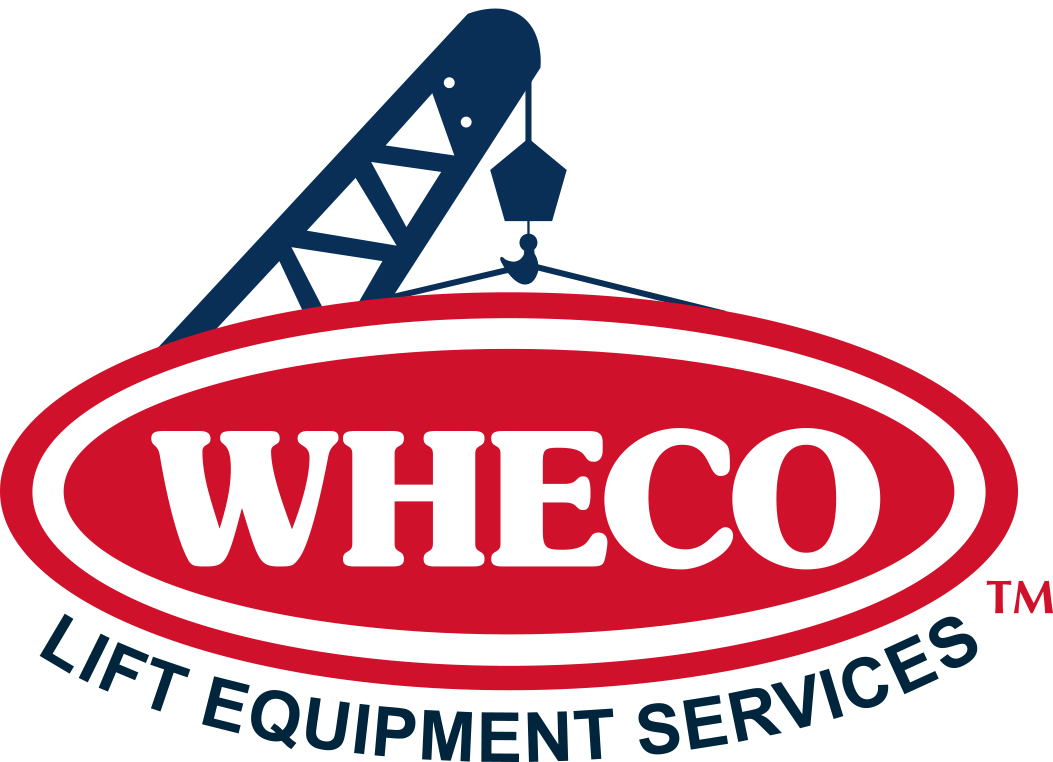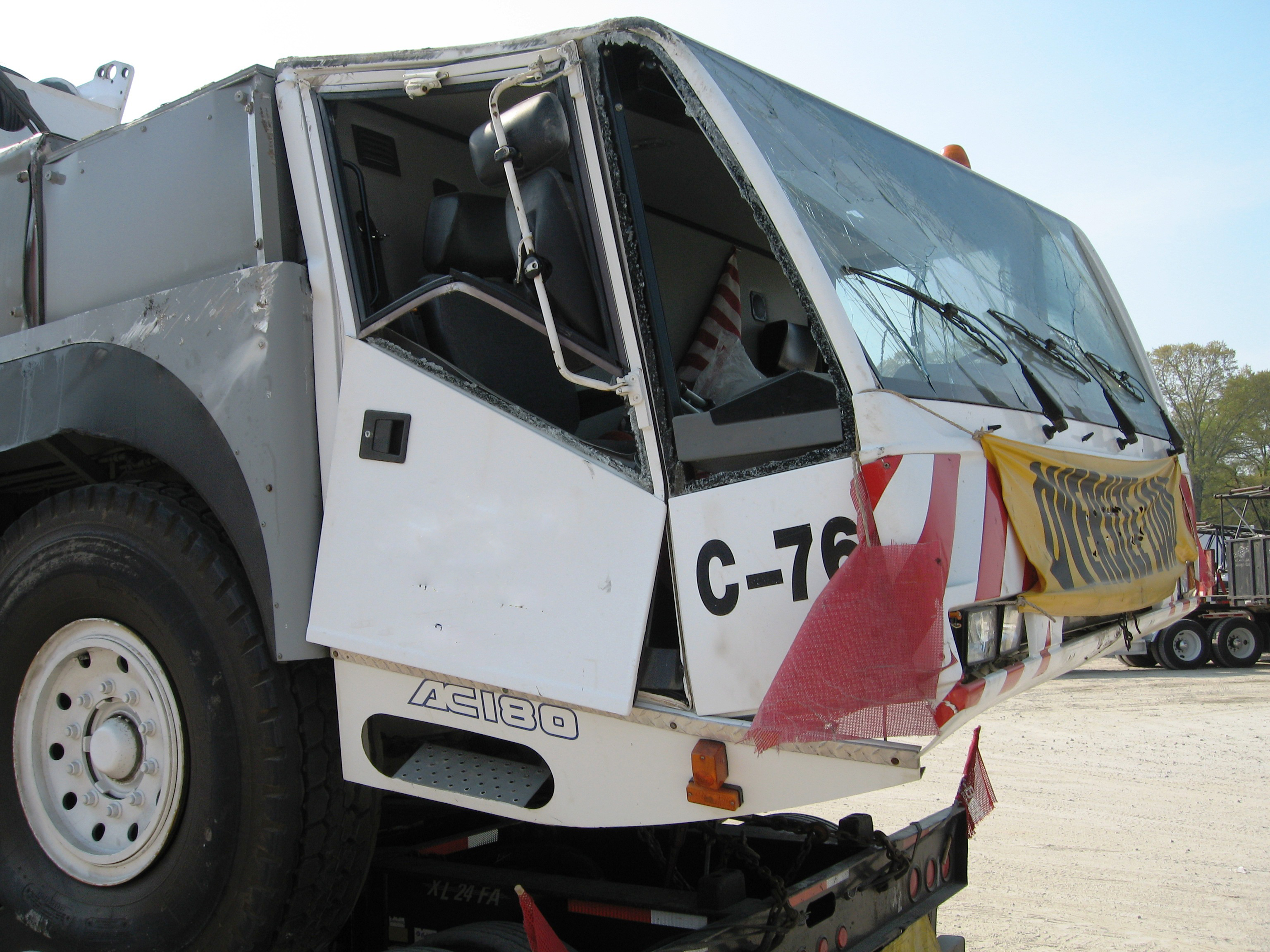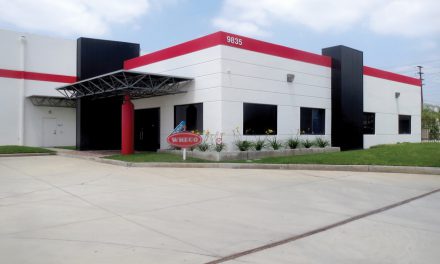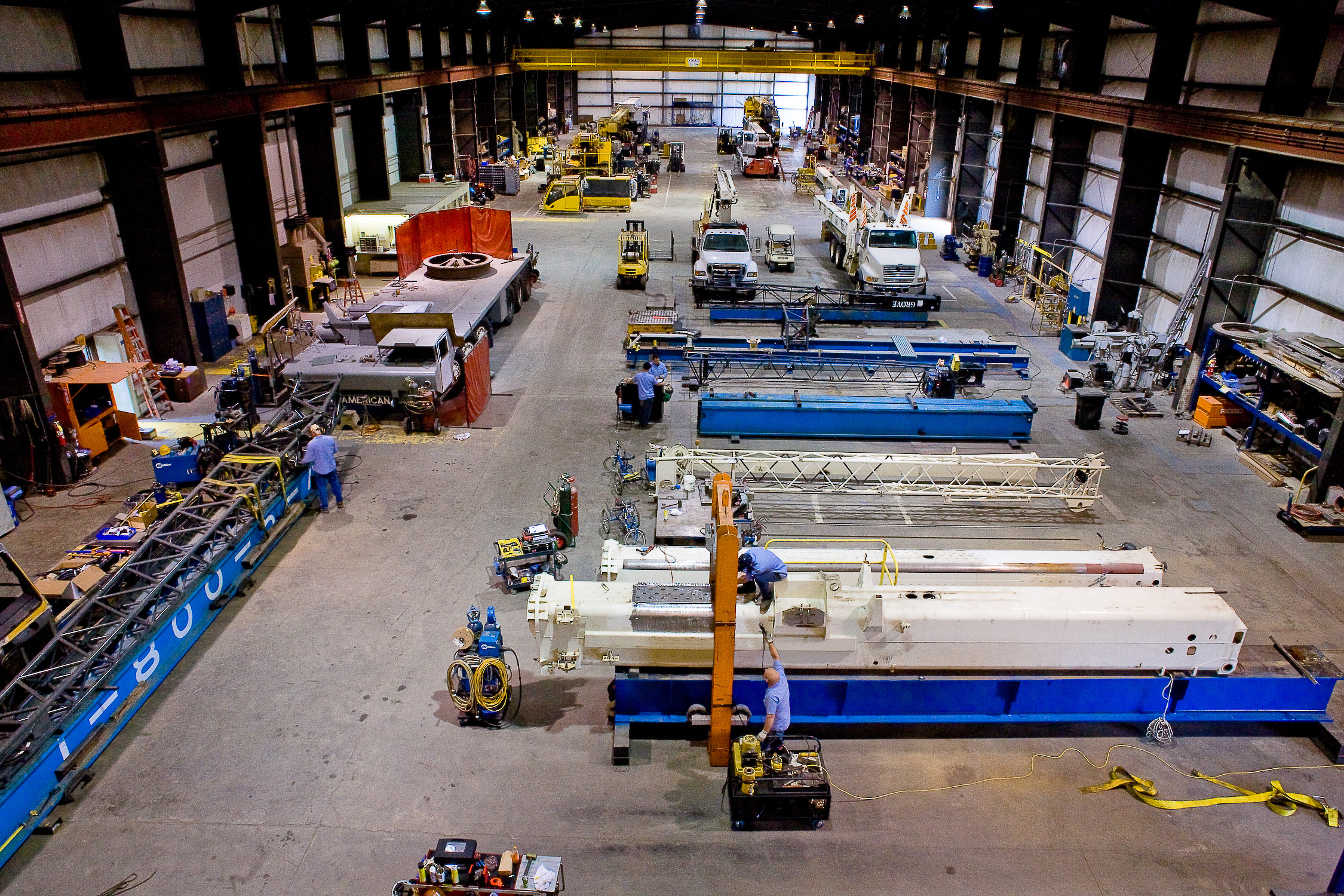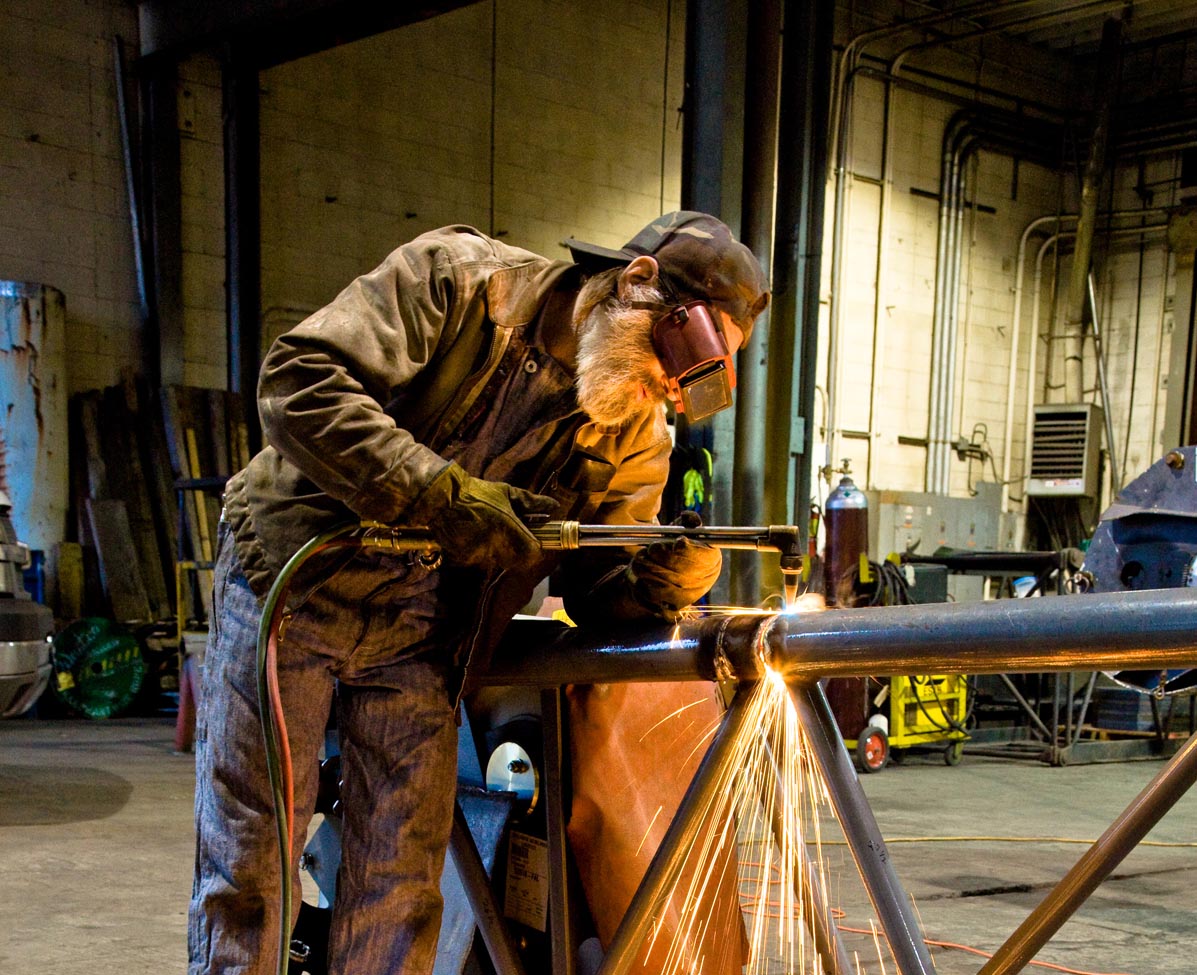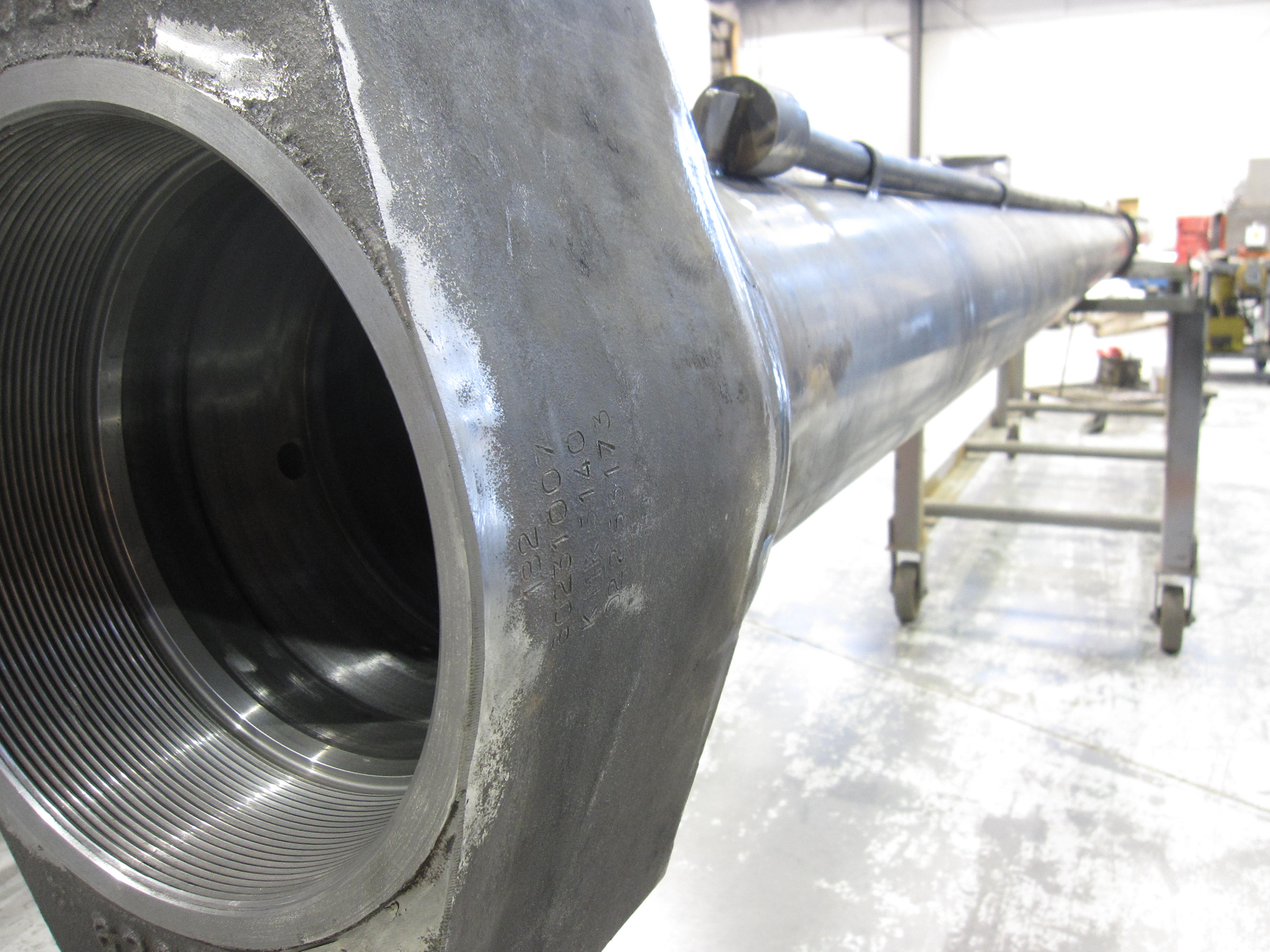
When requesting a quote for repairs and/or restoration services for your crane, you should be aware that there may be hidden issues that may carry significant costs. An initial survey is generally performed with the crane assembled. Most often, it is simply not practical to disassemble the crane to properly assess the damage and wear. This means that some assumptions must be made as to the condition and possible repair or replacement of these hidden items.
Some common hidden issues lie with past repairs that were not properly performed. The issues can range from shafts being welded, to improper welding of cracks due to abuse or accidents. It can also involve the use of wrong or “will fit” parts. Unfortunately, if not properly documented, these types of repair problems may remain hidden for years. This is also good food for thought when considering purchasing a used crane to replace your aging crane. Buying used may be a less desirable option to repairing or restoring your own crane. It can really be a gamble when you are not familiar with the complete history of the machine. These types of issues can significantly impact the cost and timing of a repair.
When considering a service-life extension project, certain components, because they historically have little wear, are considered reusable, and are typically not included in an initial proposal. And while these items may not be clearly visible during an initial evaluation, they should be considered in the detailed scope of work. The items can include large shafts and sprockets, planetary units, rotating bed bores, internal gears, etc. Unfortunately, if these parts or components need replacing, they can often have long lead times and be very expensive.
There are other hidden items possibly related to accident damage that should also be considered. Take the engine, for example. If the crane was involved in an overturn, how long did the engine run before it stopped? Did the engine run without oil because all of the oil drained from the oil pan? This also holds true for transmissions and PTOs. Was the engine running while these pump drives were still turning, and for how long? And if the engine needs replacing, you will need to consider federal and sometimes state emission compliance laws, such as the CARB board in California.
Other factors related to accident-damaged machines may be shock loading, damage to the hydraulic system, and the swing bearing. We are not talking about the normal load that occurs under the boom, but a side load or a sudden load to the rear of the crane. And when a crane tips over, the hydraulic system can receive an unusually high amount of back pressure that can damage the pumps and motors. Another very important consideration is the turntable bearing. It can sustain severe loading on the swing teeth as well as the bearing bolts, and the bolts and bolt bores/threads sometimes go unnoticed. The bolting system is designed to withstand tension and not a twisting or sheering motion.
Accidents can also have destructive forces on larger structural items such as the carrier, crane frame, outriggers, boom, etc. Accidents, by their nature, can deliver forces to structural components that the components were not designed to handle. That includes loads to structural components from multiple directions, and, while they are well designed, built, and tested, crane manufacturers work hard to limit the amount of weight that they put into structural components. This is done to try to limit the overall weight of the crane to make transportation easier and more cost effective.
In summary, a complete scope of work, and accurate repair and restoration costs, can be very difficult to determine before a tear down and detailed inspection is performed. But by giving consideration to those hidden crane repair issues, you can minimize the surprises and return your crane to revenue-generating status on time and on budget.
